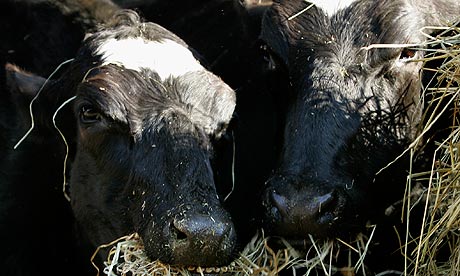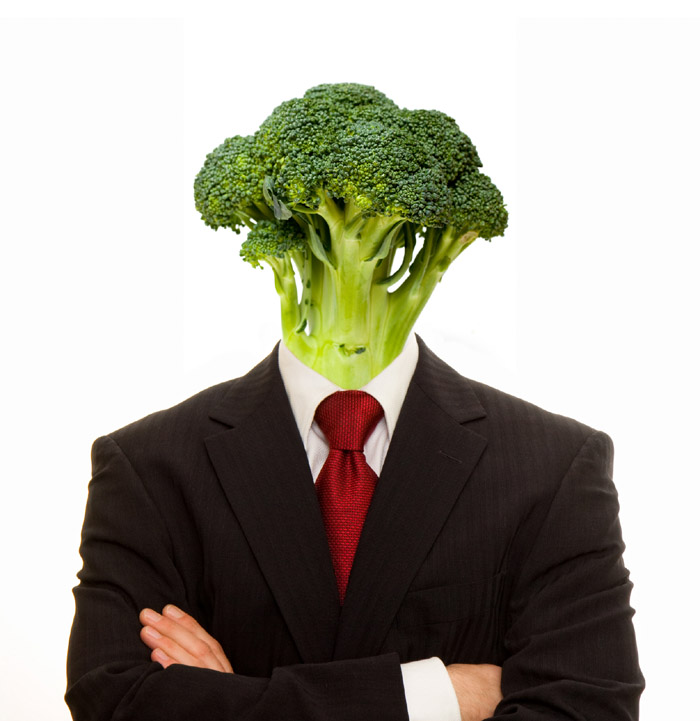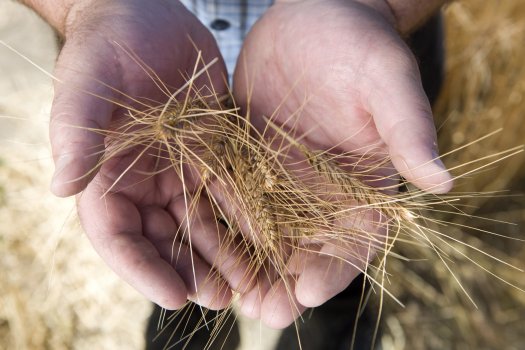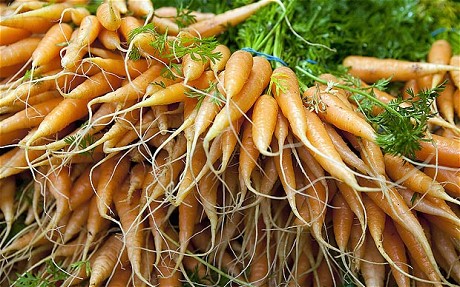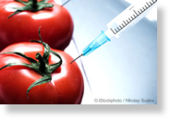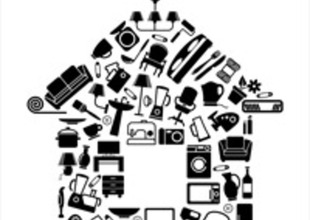Dr. Mercola's comments:
This video is worth more than a thousand words when it comes to illustrating the very real danger of mercury fillings. The video helps to powerfully demonstrate that if you have these "silver" fillings then every time you eat, chew, visit the dentist or drink hot coffee, the mercury vapors are released directly into your mouth and body.
The poisonous vapors are odorless, colorless and tasteless, however, so you won't be able to tell that they're there. It takes holding a tooth up in black light to be able to see the toxic shadows of mercury being released.
A single dental amalgam filling releases as much as 15 micrograms of mercury per day. The average individual has eight amalgam fillings and could absorb up to 120 micrograms of mercury per day. In contrast, eating mercury-tainted seafood will expose you to about 2.3 micrograms per day -- and that is enough for scientists to call for a worldwide warning.
